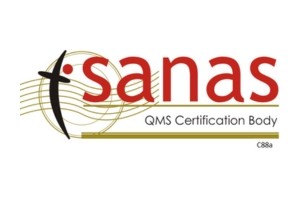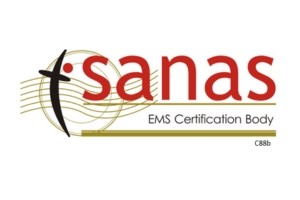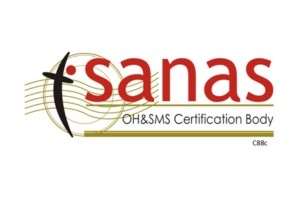The purpose of this series is to provide an introduction to the ISO 50001:2018 Energy Management System (EnMS)
ISO 50001 is a certifiable energy management system (EnMS) standard applicable to any organisation, large or small, in any sector.
ISO 50001 applies to any organisation that wishes to:
- implement and maintain an EnMS to help reduce energy costs (and reduce the impact of rising costs), improve environmental performance, enhance reputation and/or deliver other business benefits;
- assure itself of its conformance with its energy policy, legal and other requirements and industry good practice measures;
- seek certification of its EnMS by an independent certification body or self-declare conformance with the standard.

ISO 50001 — Main Clauses
Clause 4. Context of the organisation — this section requires the organisation to consider external and internal issues that can impact on their strategic energy objectives and how these influence the scope of the EnMS and its ability to achieve outcomes. Subsections include:
- understanding the organisation and its context — including determining external and internal issues
- understanding the needs and expectations of interested parties — and ensuring access to applicable legal and other requirements
- determining the scope of the energy management system — including boundaries, external and internal issues and legal and other requirements
- energy management system — including continually improving energy performance and the EnMS.
Clause 5. Leadership — this requires top managers to take responsibility for the energy policy and the implementation of the EnMS. Subsections include the following:
- Leadership and commitment — including ensuring integration with business processes, resources are available, communication is effective, promoting continual improvement and ensuring the EnMS meets intended outcomes.
- Energy policy — it is the role of senior managers to ensure the policy is appropriate and provides a framework for setting objectives and energy targets and includes a commitment satisfying legal and other requirements and to continual improvement.
- Organisational roles, responsibilities and authorities — top managers must ensure relevant roles are assigned appropriately and those responsible report on energy performance and ensure the EnMS conforms to the requirements of the standard.
Clause 6. Planning — refers to actions to address including risks and opportunities relating to energy performance and legal requirements. It also covers setting EnMS objectives and planning to achieve them. Sub clauses include:
6.1 Actions to address risks and opportunities.
- Determine risks and opportunities to ensure the intended outcomes, prevent or reduce undesired effects and ensure continual improvement.
- Plan actions to address these risks and opportunities.
6.2 Objectives, energy targets and planning to achieve them.
- Objectives — this involves setting objectives in line with the energy policy and ensure these are measured, monitored and communicated, and updated as necessary.
- Planning actions — including defining what needs to be done and when, what resources are available and who is responsible.
6.3 Energy review.
- Analyse energy use and consumption — this involves identifying type of energy and evaluating past and current consumption.
- Significant energy uses (SEUs) — identify SEUs, determine relevant variables, current energy performance and people that impact on SEUs.
- Opportunities for improving energy performance — identify and prioritise.
- Estimate future energy use and consumption.
6.4 Energy performance indicators.
- Determine EnPIs that are appropriate for measuring and monitoring energy performance and that enable the organisation to demonstrate continual improvement.
6.5 Energy baseline.
- Establish EnB(s) taking into account a suitable period of time and normalise with any relevant variables.
- Revise EnBs if they no longer reflect energy performance, there have been major changes to static factors or according to a pre-determined method.
6.6 Planning for collection of energy data.
- Define and implement a plan, related to SEUs, for relevant variables, energy consumption, operational criteria, static factors and data specified in action plans.
- Ensure equipment used for measurement is accurate and repeatable.

Clause 7. Support — this covers key requirements needed to implement an EnMS with reference to resources, competences, awareness, internal and external communication and documented information.
7.1 Resources — the EnMS must be properly resourced.
7.2 Competences — determining the level of competence required to fulfil requirements and other performance measures and ensuring competence of those involved, including training as required.
7.3 Awareness — a requirement for staff to be aware of the energy policy, contribution to the EnMs, impact of their activities on energy performance and implications of non-conformance.
7.4 Communication — this relates to both internal and external communication and ensuring that relevant and appropriate information is communicated; a process is needed so any persons (doing work under the organisation’s control) can make comments or suggestions to improve the EnMs or to energy performance.
7.5 Documented information — the term “documented information” includes all records and information required by ISO 50001 and supplementary documentation required for the effectiveness of the EnMS and to demonstrate continual improvement. This also includes creating, updating and controlling documents as necessary.
Clause 8. Operation — including operational planning and control and ensuring these are consistent with reinforcing continual improvement.
8.1 Operational planning and control — includes establishing and implementing operating criteria for controlling processes related to SEUs, and communicating the criteria to the relevant persons. Outsourced SEUs or processes related to SEUs need to be controlled.
8.2 Design — consider opportunities to improve energy performance and implement operational controls within the design of new or renovated SEUs and incorporate the results into specifications, design and procurement activities.
8.3 Procurement — establish and implement criteria for evaluating total life impact on energy performance when procuring products, equipment and services which impact on SEUs. Inform suppliers that energy performance is one of the evaluation criteria.
Clause 9. Performance evaluation — the emphasis is on evaluating energy performance and the EnMS. This section also explains requirements for internal auditing and gives a detailed explanation of the management review.
9.1 Monitoring, measuring, analysis and evaluation — focuses on elements of the EnMS that need to be monitored, measured, analysed and evaluated, and when these procedures should be carried out. Any significant deviations in energy performance should be investigated and responded to. Compliance with legal and other requirements should also be evaluated.
9.2 Internal audit — an essential requirement of the standard is to provide information on whether the EnMS delivers the required outcomes. The programme must incorporate frequency, methods, responsibilities, planning and reporting requirements of the audit. The audit criteria and scope should be agreed and audits carried out “objectively” with results reported to relevant management.
9.3 Management review — the review should be carried out at planned intervals, including the status of actions already agreed and any changes to internal and external issues relevant to the EnMS. The review should also take into account risks and opportunities, information on EnMS performance, energy performance improvement and the extent to which objectives and energy targets have been achieved. The output of the review should be an assessment of the effectiveness of the EnMS, actions to achieve objectives and implications for changes to the EnMS and business strategies.
Clause 10. Improvement — following performance evaluation, this section covers issues that need to be addressed such as non-conformities, corrective action and continual improvement to enhance performance going forward.
10.1 Nonconformity and corrective action — corrective action to address non-conformities should be taken and the effectiveness of such action reviewed. Evaluate proactive actions to eliminate the cause(s) of non-conformity so that it does not recur or occur elsewhere.
10.2 Continual improvement — the suitably, adequacy and effectiveness of the EnMs shall be continually improved. The organisation shall demonstrate continual energy performance improvement.
Conclusion
ISO 50001:2018 provide the benefits of energy management and business processes with the ability to meet growing global customer requirements for reduced greenhouse gas emissions. Certification can provide generic assistance to an organisation for establishing, implementing or improving an EnMS.
Global application of an energy management standard contributes to more efficient use of available energy sources, enhanced competitiveness, and a positive impact on climate change. Certifying your EnMS will help your organisation develop and improve performance.
Join our mailing list to receive upcoming posts: http://www.isoqar.co.za/





